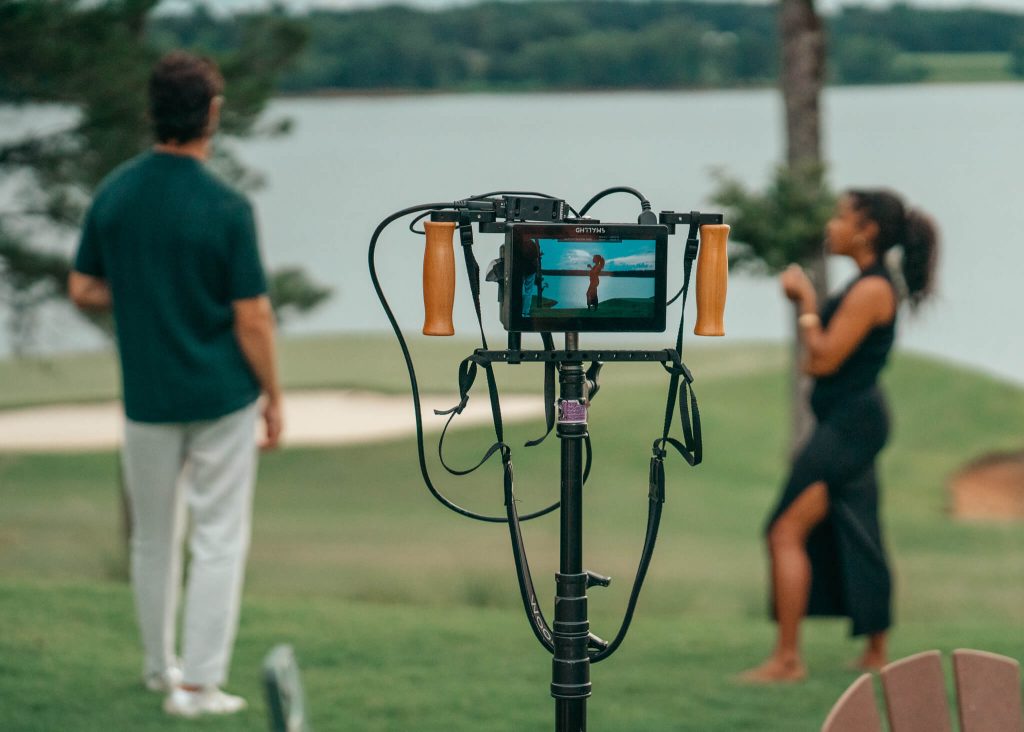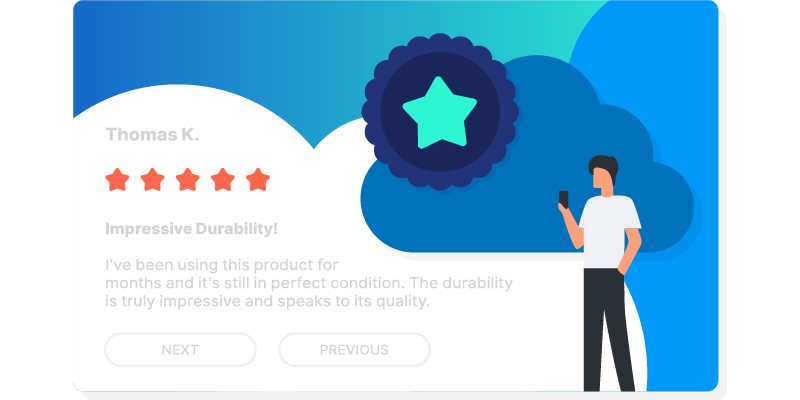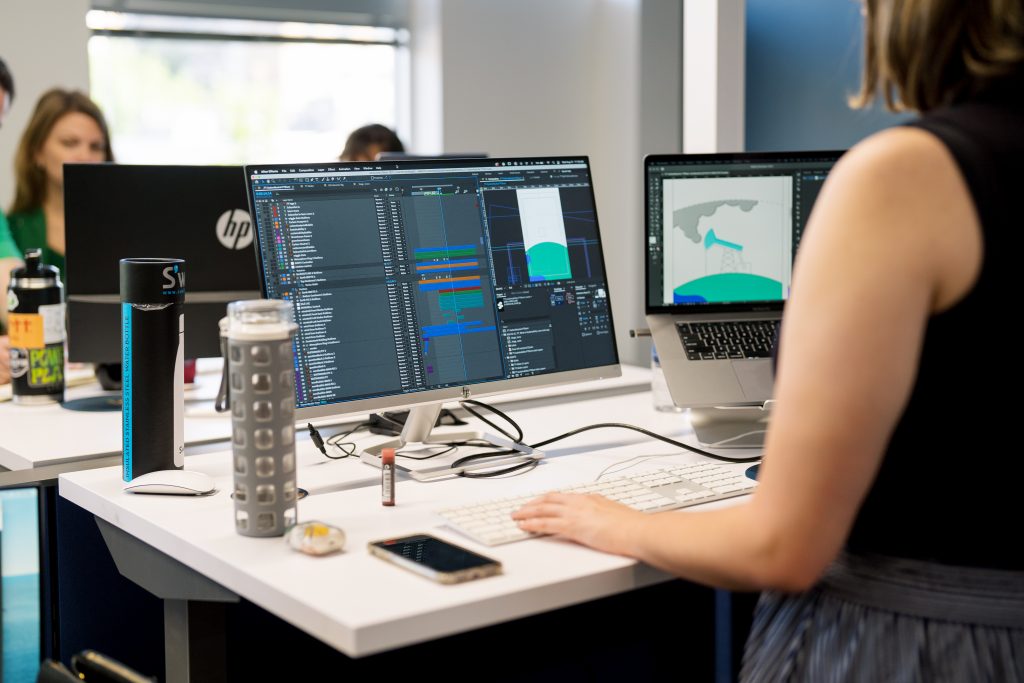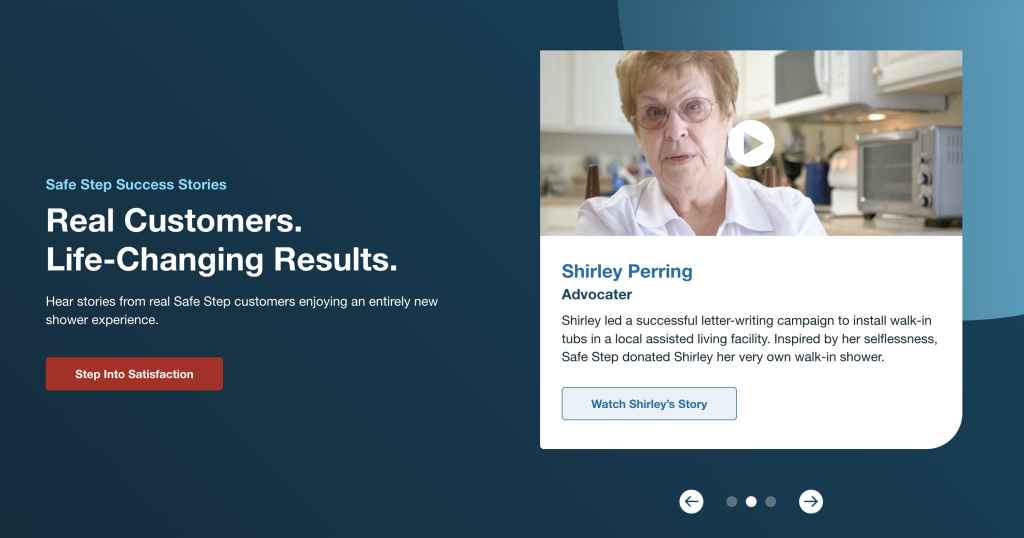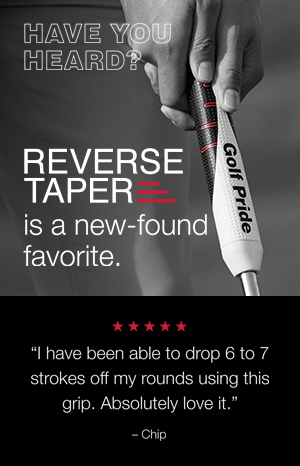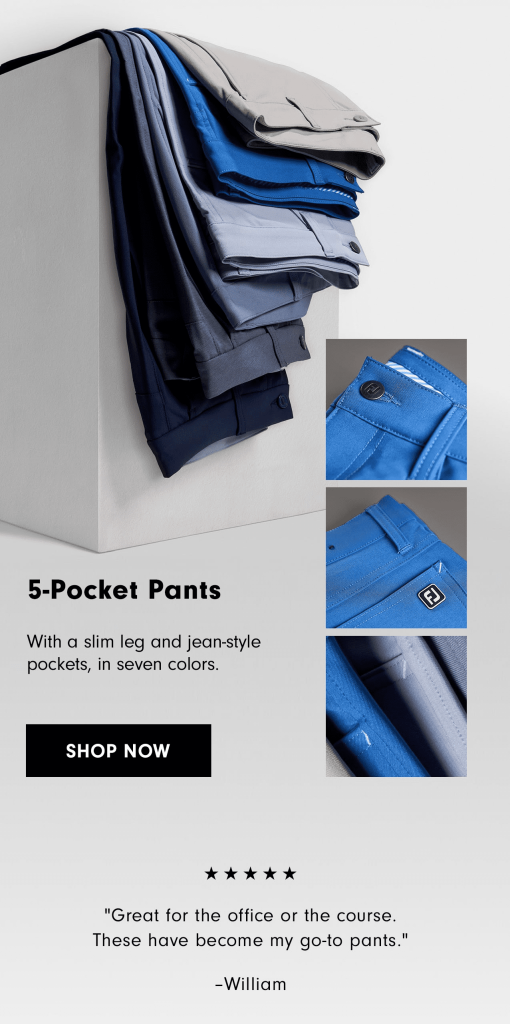Ready to switch up your email marketing plans for the new year? There’s no better time to switch up your home services tactics than the start of the year since home improvement plans often rank high on resolution lists. Whether you’re just digging into email strategy or you’re a pro with multiple dynamic email campaigns underway, it never hurts to get a refresher. Let’s dig into why your email strategy matters and what you can do to create a successful campaign for your home services business.
Understand Your Ecosystem: Who Are You Emailing?
The first building block for any successful email campaign is knowing the audience receiving your emails. A deep understanding of what matters to your audience—convenience, time back in their day or simply a more beautiful home—makes a night-and-day difference in keeping your audience’s interest. Let’s take a look at how you can foster audience engagement and trust in your product, keeping them opening and interacting with your emails over time.
Building Relationships With Your Audience
Email is a great way to build trust and affinity for your brand, but the content has to be relevant and useful to the audience—not just a sales pitch or a duplicate of your ads or website. So, what does a valuable email look like to your audience? While it will depend on your specific sector, here are a few general ideas:
- Tailored Approaches: Segmenting your audience into leads and sold customers gives you more wiggle room on topics and sales offers that feel personalized to their purchases. Other ways to segment your audience include their location or elements they’ve interacted with in past emails.
- Deals, Deals, Deals: Your promotions are a great way to draw potential or returning customers into your emails. Mention them prominently or in your subject line to make sure your audience sees them.
- Customer Focus First: When planning your email strategy, continually refer back to whether your audience will find the topics and content useful.
- You’re the Expert: Establishing trust and authority with your audience starts with positioning your brand as an expert in your category.
- Consistency is Key: Find a regular cadence that works for you and your audience. Ideally, you should be sending an email at least once a month.
Know Your Campaign Options
An email is deceptively simple. Underlying the splashy images of sink faucets or door handles and copy is laser-targeted intent. What do you want to accomplish with the email? Everything you send should have a solid purpose you can point to when questioned, like education, nurturing prospects or converting new leads. To kickstart your strategy, we’ve listed some of the most common campaign strategies that home services brands deploy below.
Special Offer Emails
If you’re just setting up your email presence, this is a great place to start filling in your audience on any deals you have running—and generate leads from interested customers. Your conversion rates will likely be highest with this type of email campaign, so use them wisely. There’s no need to spam your customers’ inboxes with your promotional offers, especially in an industry that doesn’t see as many changing product lines as, for instance, retail or food services.
Welcome Emails
Once you’ve got offer emails under your belt, it’s time to start automating your other email sends. Sending out a welcome email or welcome drip campaign when someone subscribes to your list, books a service appointment or requests an estimate is a great way to establish a relationship even before an initial in-person or over-the-phone consultation. Keep these emails short and concise, including only information your customer needs to know. It can be tempting to pack these with offers, details on your products or detailed information about your services, but ultimately, your audience will appreciate a simpler approach. Since they’re likely subscribed to your regular list, they can learn about everything that isn’t essential over time.
Monthly Sends
Ready to commit to a regular presence in customer inboxes? A monthly email (or weekly, or quarterly—use your best judgment for the right cadence for your niche) is a great nurturing opportunity for sold customers or warm leads who aren’t ready to buy yet. Your tone in these emails can vary. You can provide information that’s relevant without being too sales-focused, get straight to the point and advertise monthly offers or a mix of the two. Follow what feels right for your brand—and don’t be afraid to have fun with it.
Create Compelling Content
An email is only as successful as the clicks and opens it gets, and that success depends on carefully crafted copy and design. Every element matters when creating your email, from the subject line and body copy to graphics and CTAs.
Subject Lines & Preheaders: Hook Your Audience
Subject lines make or break an email, and your preheader is the one-two punch of short text that follows the subject line in the inbox preview of your email. They’re the difference between an email being opened or trashed. With home services, it’s often best to include a promotional offer in that subject line if you have one. Other ideas include:
- Customer-Centric Language: Frame your subject line around your customer instead of your product or service. For instance, “Stuck with Old Doors?” instead of “Our Doors Increase Curb Appeal.”
- Use That Preheader: Play call-and-answer with your subject line and preheader. A question as a subject line is a classic choice, so answer your own question with a playful preheader.
- Include Urgency: When that deal won’t last, it’s time to up the stakes for your audience. Subject lines like “Last Chance: 40% Off Sink Upgrades” or “Exclusive Offer for Your Dream Closet” tempt curiosity—and get clicks.
Body Content: The Bread and Butter of Your Email
What your email says should be said as quickly as possible. Emails are a good time, not a long time.
Lifestyle content may resonate well with your particular audience, or they may prefer content where you focus on promotional sends and highlight product or service benefits. Ideally, you should have a blend of both types of content in your emails. This keeps content fresh and aids in driving traffic to parts of your website like your blog, product care or service pages. That being said, if the numbers show your audience favors, for instance, hearing about your new line of ceiling lights and not how they can clean them, go with what works.
Emails Are Perfect for Playing With Design
While the home services space isn’t as zany as food services or entertainment (and arguably shouldn’t be, since brands in home services require trust and buy-in from audiences), there’s still plenty of creativity to be found. Look to your brand colors for inspiration. Blue and white can be airy, or black and white can bring sophistication that your copy could encourage. Your emails are also a great place to play around with design elements like countdown timers, surveys or fun GIFs that show off your products. If they perform well, you can even implement some of these elements in other areas of your content strategy.
Email Best Practices for the Savvy Marketer
Before we leave you to brainstorm ideas in your email campaign tool of choice, here are some best practices for sending emails and keeping those bounce rates low:
- Audit your audience list: Practice good list hygiene and check your emails regularly for hard bounces, or when an email is permanently rejected and cannot be sent to the intended recipient. If you use an email marketing service like MailChimp, Constant Contact or Hubspot, look in your settings: they may offer this service automatically.
- Include an easy-to-find unsubscribe: Your unsubscribe process should be easy to find and navigate. It’s more than a best practice—it’s a legal requirement under the CAN-SPAM Act.
- Avoid spammy subject lines: Subject lines like “Offer Expires,” “ACT NOW” or “Deal Ending Soon” without context can end up getting automatically filtered into spam folders. Make memorable, punchy subject lines for the best effect.
Make Your Greatest Email Campaign Yet
Feeling fired up and ready to create? We’ve got you covered: we recently wrote about using customer testimonials, which are perfect fodder for your email nurture campaigns. Have too much on your plate and no time to devote to making the email campaign your brand deserves? We’ve got plenty of experience in the home services industry—get in touch and let’s talk.


